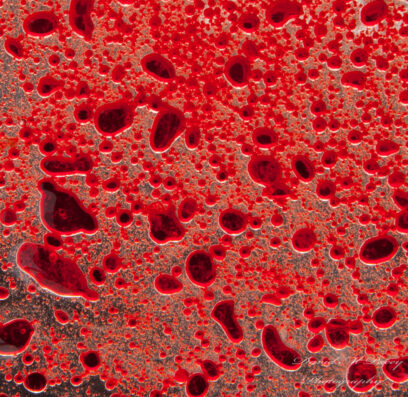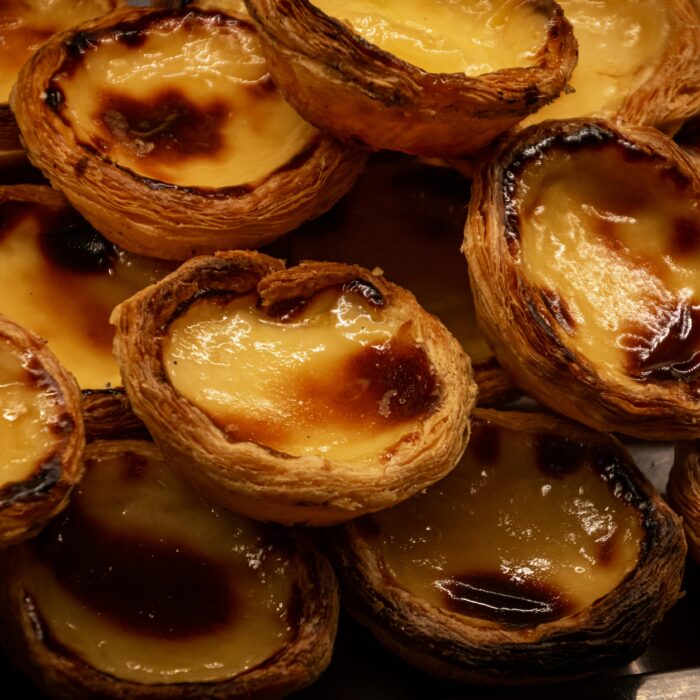You have no items in your cart. Want to get some nice things?
Go shopping
I
Game Six of the 2004 American League Championship Series, and Curt Schilling is on the mound at Yankee Stadium, blood seeping through his right white tube sock. The cameras creep, zoom, and the blood says to everyone watching on TV: Such unbearable suffering by this true American hero!
That evening Schilling wins what went down in baseball history as the Bloody Sock Game, and the Boston Red Sox go on to win the World Series for the first time in eighty-six years. What no one knew until later that night, however, is that the blood was simply a byproduct of a groundbreaking procedure that temporarily allowed Schilling to pitch through an ankle injury. After trying out the procedure on a cadaver just to be sure, the team doctor sutured the skin in three places around Schilling’s tendon, creating an artificial sheath that prevented the tendon from snapping against the bone. The sutures were removed immediately after the game.
Sal and I are watching, and we hate the Red Sox. “He’s disgusting,” Sal says, as Schilling’s sock reddens.
You can only hope the cadaver was not a Yankees fan.
II
The first time I am covered in blood is October 31, 2019, at New York City’s Village Halloween Parade. I am reenacting the choreography from the Thriller video, dancing up Sixth Avenue with one hundred other zombies, and there is stage blood staining my tights, running down my arms, pooling on my shoulder blades, and dripping down my neck from a prior decapitation. There is blood coming out of my ears, down the left side of my mouth, originating from an old wound in my forehead. I have not looked this good in a year, since Sal died and my hair fell out. It is starting to grow back, yet multiple uneven patches remain. The hair by the crown and temples is mostly missing, as if my head is a creepy backyard someone mowed down with a weed whacker. Yet today, All Hallows’ Eve, I can walk around without a hat and no one notices. I am full of love and hope.
Schilling asked for and received a $2 million bonus for the next season if the Sox won the 2004 World Series.
III
Blood in the movies is made of many things, such as:
a) Bosco or Hershey’s chocolate syrup (typically in black-and-white films, and only when the depiction of blood was permitted per censorship guidelines)
b) cochineal bugs, insects who produce a red dye when boiled
c) chocolate syrup applied via a squeeze bottle (Psycho, 1960)
d) corn syrup, red & yellow food coloring, Kodak Photo-Flo (note: poisonous)
e) Karo syrup (Evil Dead II)
IV
The second time I wear fake blood is October 31, 2020. A small group convenes in Central Park for a socially distanced, Covid-style Thriller flash mob. There is blood coming out of my ears and running down my neck again, and bloody handprints on my shirt. The impact is tempered by the N95 masks we are wearing.
I walk down the steps to the 6 train at Fifty-Ninth Street to go home when I raise my head to see a little girl in a tutu and butterfly wings looking down at me. I wave.
“Is that really you?” she wants to know.
“What do you mean?” I ask.
“Who are you supposed to be?” she asks.
“I’m not sure,” I say.
V
Curt Schilling’s bloody sock was thought to have been tossed into the trash at Yankee Stadium, but he bloodied another one during Game Two of the World Series against the Saint Louis Cardinals. The second sock was sold at auction in 2013 for $92,613.
“It’s the first bloody sock we’ve sold,” said the director of the auction house. “I am happy with the sale.”
Pune Dracker
Pune Dracker is a writer, researcher, and activist in New York City. Her essays and artwork have appeared in Full Bleed Journal, Seneca Review, Hyperallergic, and ZoneModa journal of fashion research. She teaches yoga and dance, and her current research interests include scratch-off lottery tickets, 1970s teen idols, and Halloween costumes.




